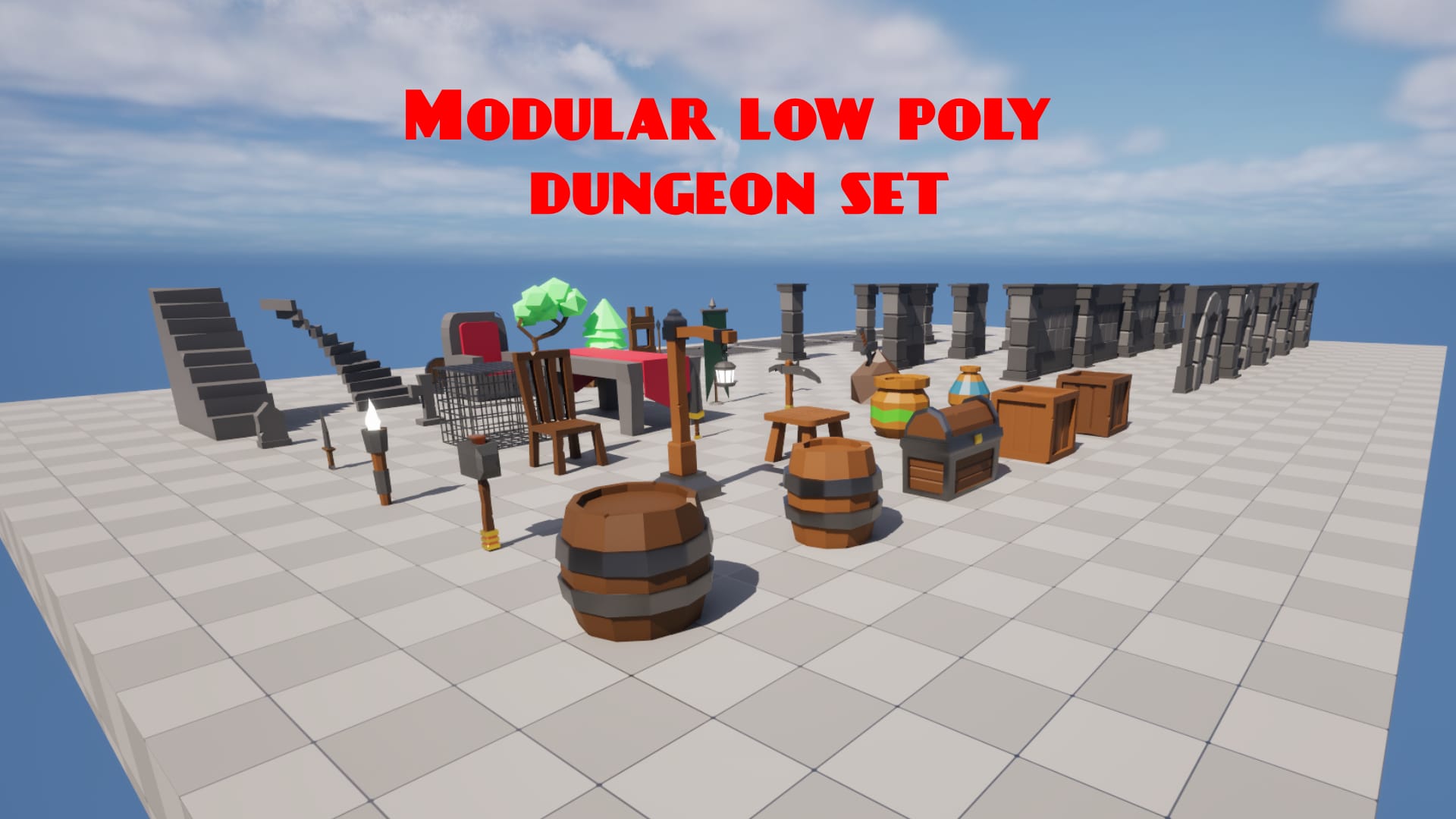Description
The Anti Gravity Levitation System enables users to simulate pawns that levitate above the ground for offline projects. From hoverboards to supersonic racecraft, this Blueprint can handle them all.
Features include built-in support for barrel rolls, knife-edge side flips, boost, velocity-sensitive camera effects, camera switching, strafing, thrust, braking, automatic roll and pitch alignment while flying, and so much more, all within a hand-built Newtonian-style physics simulation.
Users are also provided a wide array of commented variables that control almost every aspect of the pawn’s behavior. This virtually eliminates the need to dig through long sections of code to find what needs to be tweaked. Given the flexibility of these Blueprints, if it levitates, magnetizes to walls, or both, the code contained in this pack should handle the task beautifully.
Website (A playable demo is available here)
Technical Details
Number of Blueprints: 4 (One for the system and three components)
List of
• Levitation Function
• Native Gamepad Support (4.27 and higher)
• Surface Tracking Function
• Surface Type Detection
• Auto-align Function
• Barrel Roll Function
• Side Flip (knife-edge roll) Function
• Turning
• Thrust
• Strafing Support
• Stall Brake Function
• Boost Function
• Large Number of Exposed Variables
• Compartmentalized Modular Code
Intended Platform: All
Platforms Tested: Windows 10, Mac
Documentation: https://paragoninteractive.wixsite.com/agls (note that you will need the password in the blueprint to access the documentation).
Additional Notes: The Blueprints rely on some collision, input, and physics project settings. These settings must be imported by the user to their project before migrating their assets to ensure that they will function and no node links will be broken.
Supported Engine Versions
4.27, 5.0 – 5.2







